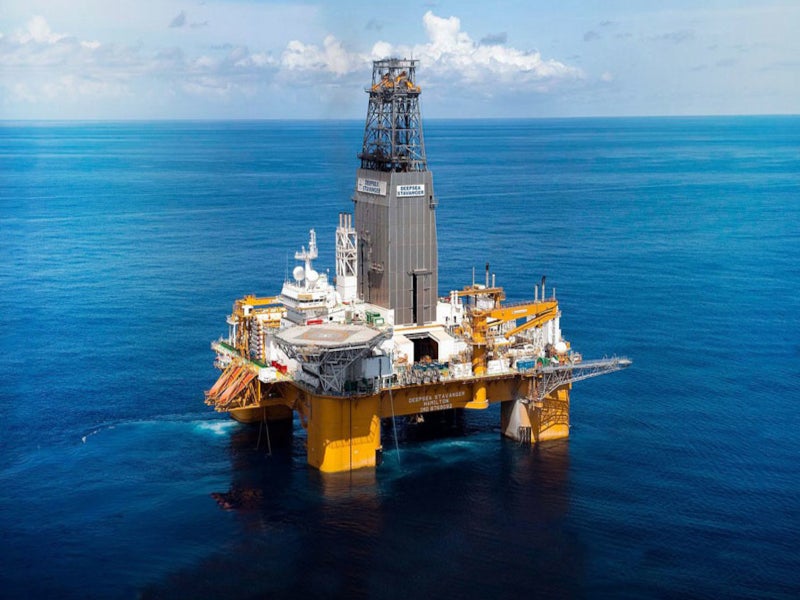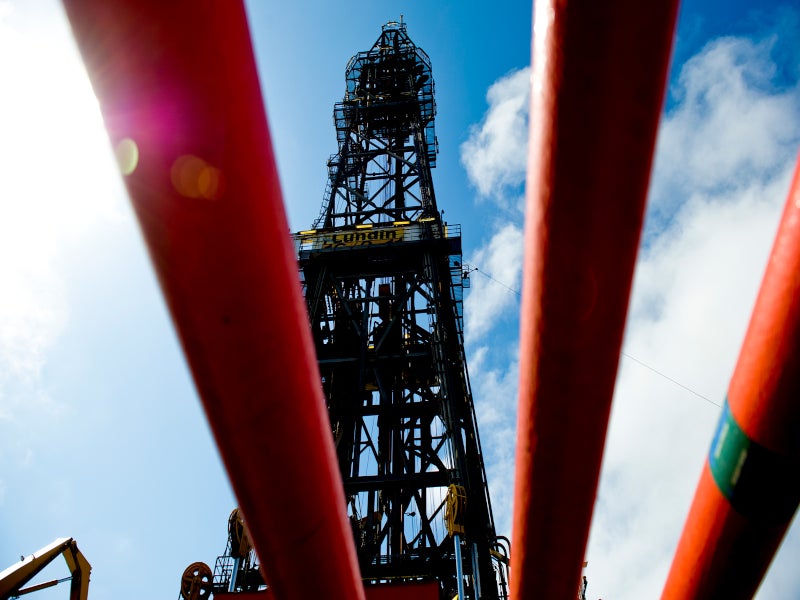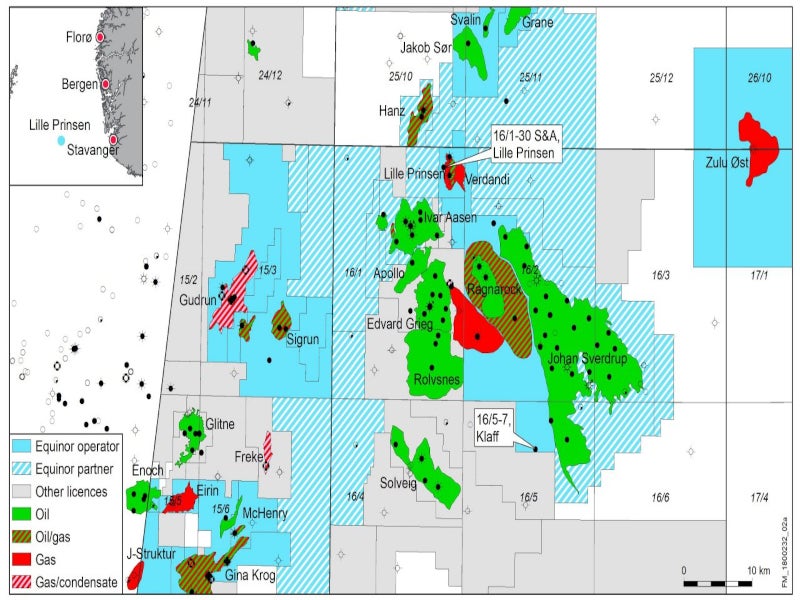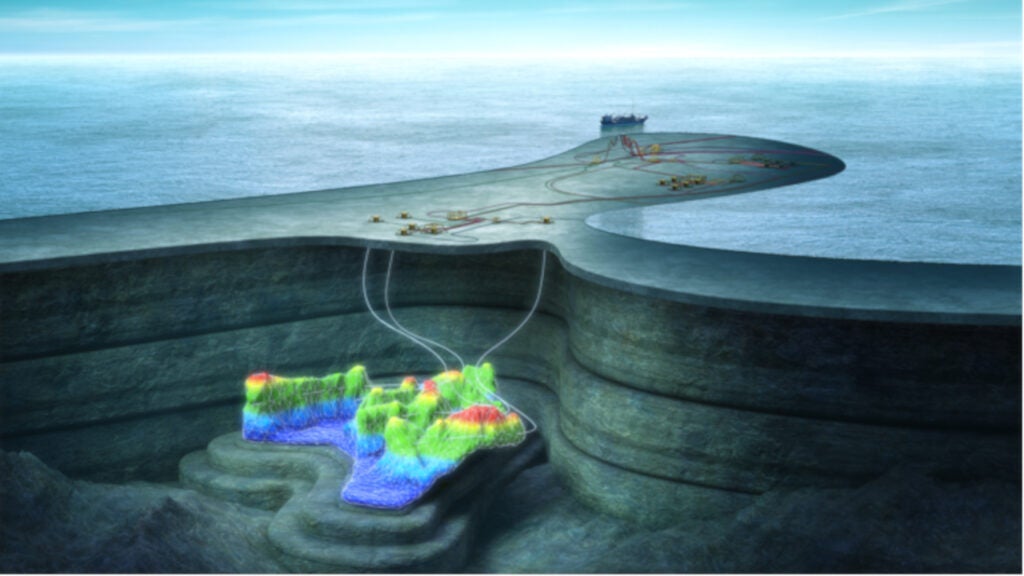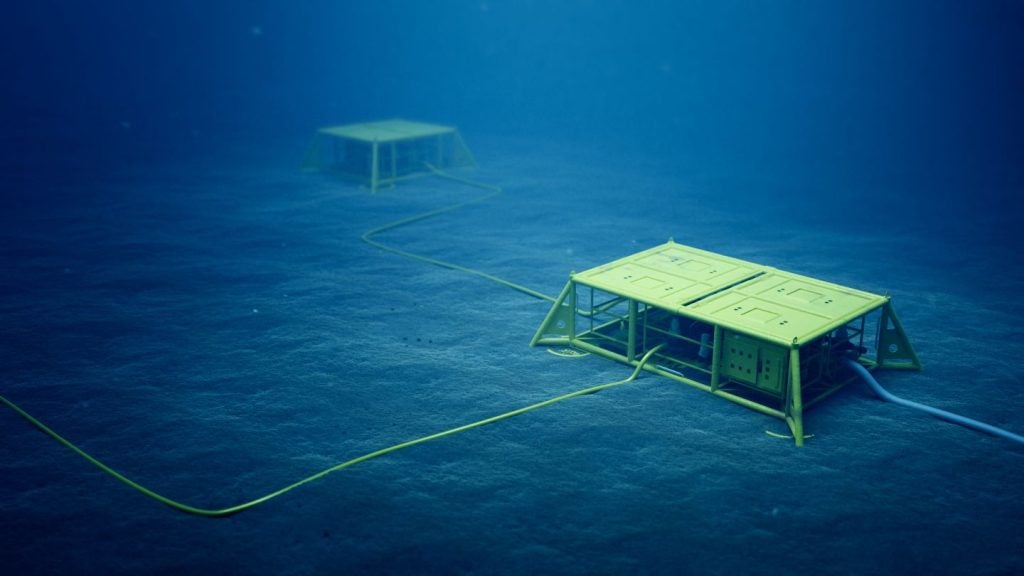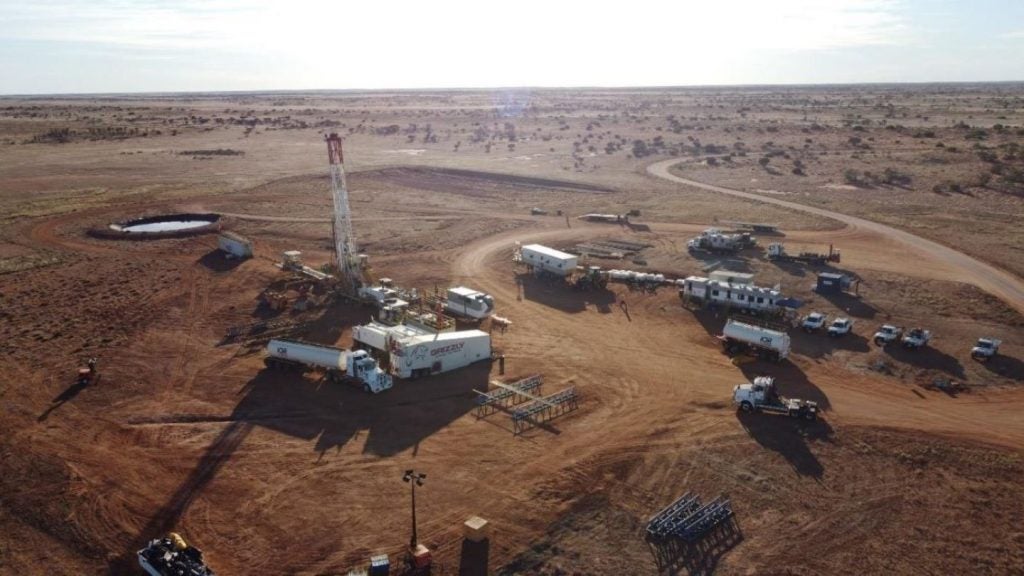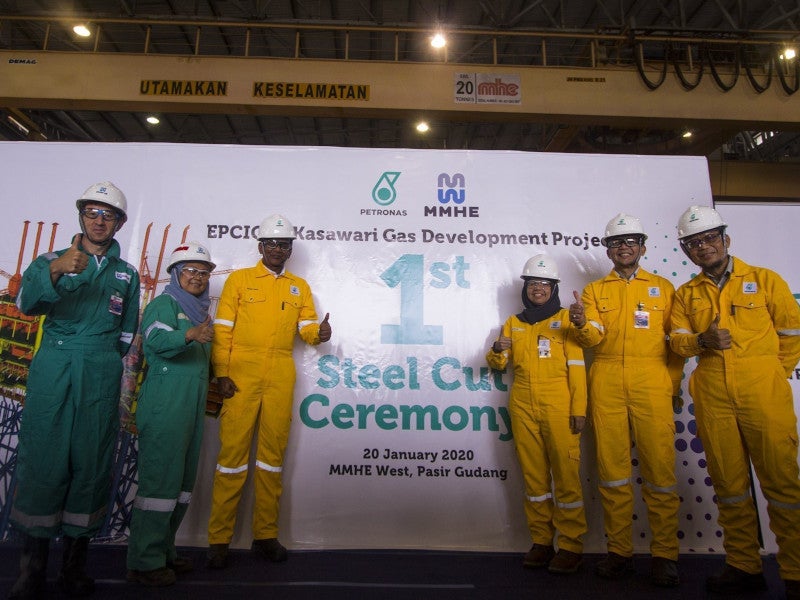The Lille Prinsen oil and gas discovery is located at a water depth of 112m in the Central North Sea, offshore Norway. It is situated in production licence (PL) 167, on the Norwegian continental shelf (NCS).
The oil and gas prospect was discovered in June 2018 by Equinor Energy, which then operated the PL 167 with 60% interest along with its partners Lundin Norway and Spirit Energy Norge that owned 20% interest each.
Aker BP signed an agreement to acquire 10% interest in the PL167 from Equinor Energy in December 2020. The PL167 partnership currently comprises Lundin Norway (40%), Spirit Energy Norway (20%), Equinor Energy (30%), and Aker BP (10%). Lundin Norway is the operator of the licence.
The partners will commence developmental studies for the field before the submission of a plan for development and operation (PDO) by the end of 2022.
The prospect is estimated to hold recoverable resources between 15 million and 35 million metric barrels of oil equivalent (MMboe). A successful appraisal drilling campaign indicated gross resources between 10Mmboe and 50Mmboe in the Lille Prinsen discoveries.
Lille Prinsen oil and gas discovery location
The main Lille Prinsen oil discovery is located approximately 1km west of the Lille Prinsen Outer Wedge well, about 200km west of Stavanger city and 5km north-east of the Ivar Aasen field.
The Lille Prinsen appraisal wells lie in the Utsira High area, about 15km north of the Edvard Grieg field.
Lille Prinsen oil and gas discovery details
The discovery was proved by the 16/1-29 S discovery well drilled in the Eocene sandstones of Grid Formation, Palaeocene reservoir rocks of the Heimdal Formation, and the Permian rocks of the Zechstein Group.
The well also appraised another discovery called Verdandi, which is located above the main discovery. Discovered in 2004, Verdandi is estimated to hold recoverable resources between 4Mmboe and 11Mmboe. The licence partners further commenced works to determine the commercial viability of the two shallow reservoirs.
The Lille Prinsen oil and gas discovery is being evaluated to assess the potential of being developed into a subsea field tied back to the Ivar Aasen or Edvard Grieg host platforms.
Appraisal details
Lundin Energy completed the appraisal of the PL167 in September 2021 by drilling 16/1-34 S wildcat well and appraisal well 16/1-34 A on the Lille Prinsen oil and gas discovery.
The 16/1-34 S well was drilled to a vertical depth of 2,095m below the seabed, concluding in the Skagerrak Formation of the Late Triassic era while the well 16/1-34 A was drilled to a vertical depth of 1,994m below the seabed, terminating in the basement rock.
The 16/1-34 S well intercepted a 7m-high oil column in the Heimdal Formation with a 50m reservoir layer of good quality and made oil/water contact at 1,820m below the seabed. The campaign did not encounter permeable sandstone layers in the Jurrasic reservoirs. The Heimdal discovery is estimated to contain good quality resources between 2MMboe and 10MMboe.
A 66m-high oil column including 46m in dolomite from the Permian Age, with good reservoir quality, was encountered by the appraisal well 16/1-34 A. The well hit about 20m of oil column with poor reservoir quality in the basement rock. The oil/water contact was detected at 1,932m below the seabed.
The appraisal well also found 18m of water-filled sandstone of poor reservoir quality in Heimdal Formation in the secondary exploration target.
Drilled by Deepsea Stavanger, a semi-submersible drilling facility, the wells have been plugged and abandoned.

